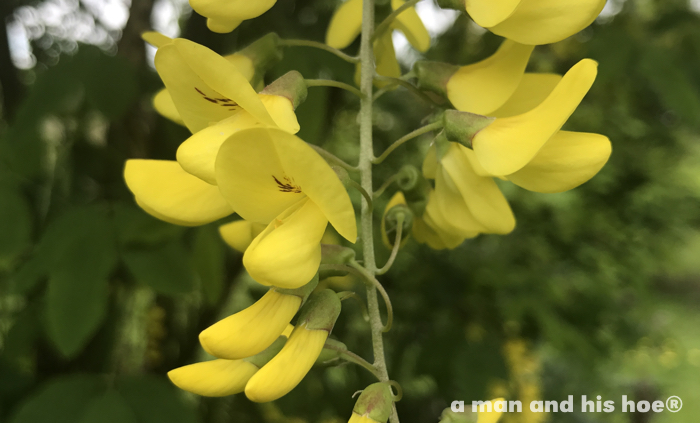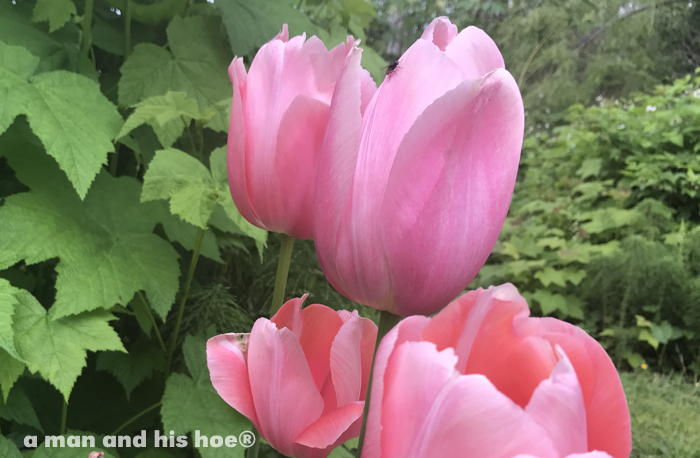Your cart is currently empty!
Month: May 2017
-
Where Joker’s Hats Come From
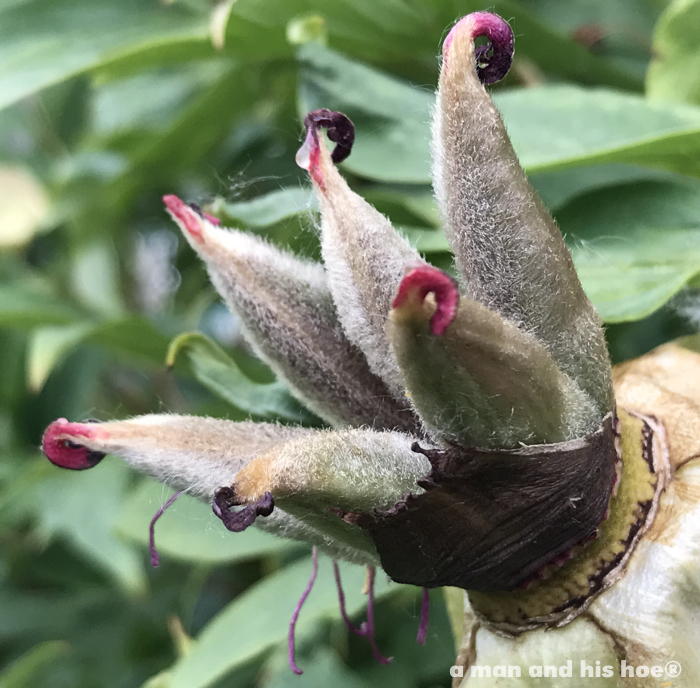
Is there any doubt that whoever designed the first joker’s hat grew peonies? Someone, centuries ago, saw a peony seed pod and said, “I want to wear that on my head!”
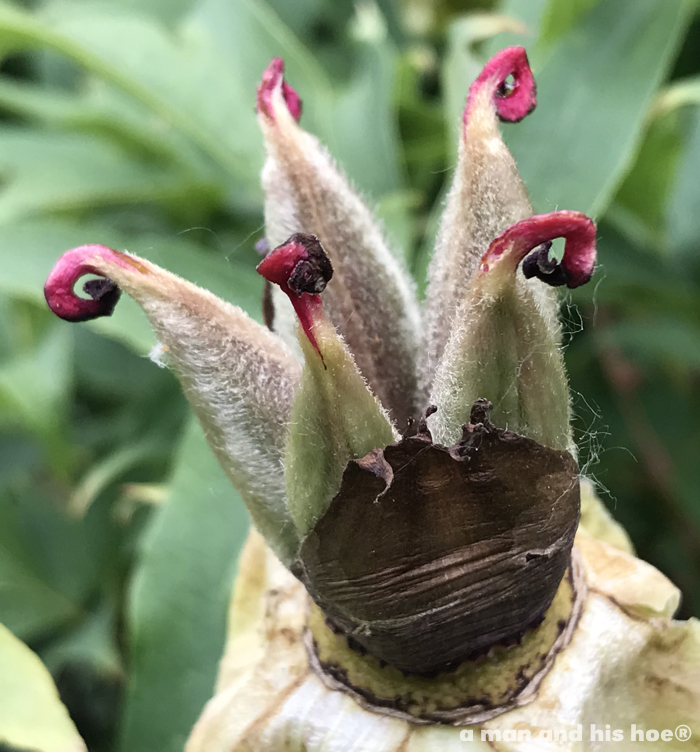
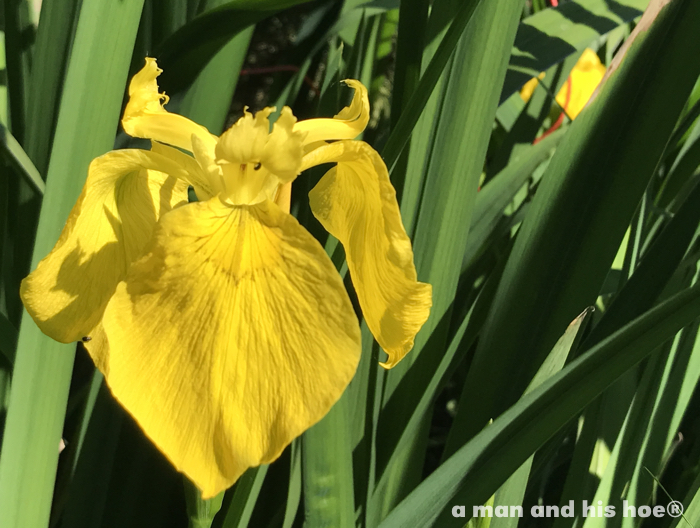
This time of year, beauty is on full display, blooming iris, heads of wheat forming, their grains forming alternating rows of green beads. “You go left, I’ll go right, you go left, I’ll go right,” and on and on to the very last grain. And green tomato droplets which get fatter every day.


-
Love at First Sight
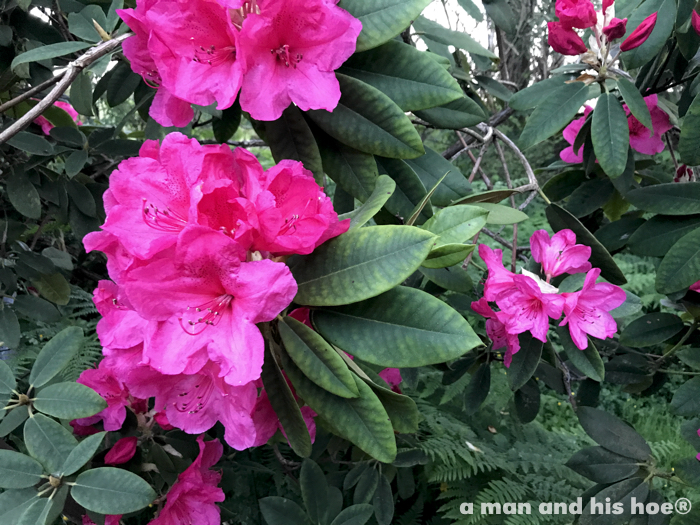
On a cool, Sunday morning, it’s refreshing to see the pink rhododendron in bloom. The dogs are off in the woods trying to find something to chase. I’ve come to the conclusion that dogs, at least our dogs, do not have a sense of time. While sitting at the bottom of a tree, watching a squirrel or chipmunk up in the branches, the dogs will spend hours, transfixed. One minute, an hour, two hours, it’s all the same to them.
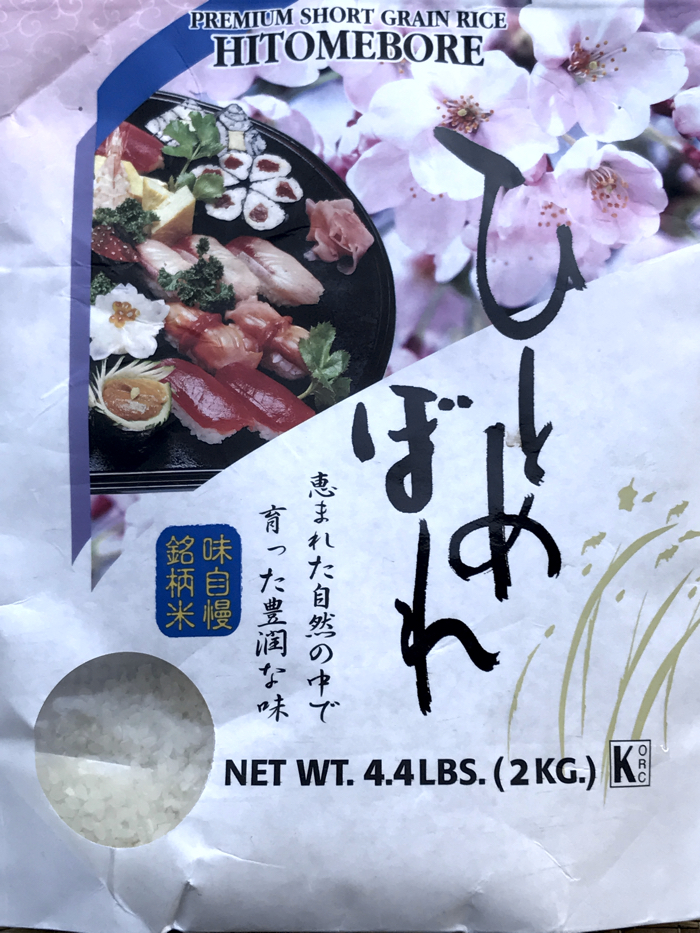
I recently purchased some white rice to serve to guests. It’s been a long time since I’ve gotten white rice, and I’d forgotten how small the grains of white rice are compared to brown rice. The number of brands of white rice for sale in Japan is endless. The one I purchased is called Hitomebore, which means “Love at First Sight”. Competition to create the best tasting rice is fierce, with new varieties appearing every year.
The brand names are smile-worthy: Blue Sky Thunder, Charming Princess, Light of the Sun, First Frost, Dream Fulfillment, Water Mirror, Drops of the Milky Way, and on and on. In 2016, the Japan Grain Inspection Association (JGIA) judged 44 rice varieties as A+, 79 varieties as A, and 18 varieties as A-, that is 141 varieties of rice. Somewhere, there must be a rice expert, who by sampling a single grain of rice on their tongue, can tell you the variety, the place the grain of rice was grown, what the weather was during that growing season, and even how many egrets walked through the rice field where that rice was grown.
The JGIA has a Ranking Map with all the areas of Japan where you can see which rice varieties from that area received a grade A- or higher. Click on an area, and you’ll see where the rice was grown, the variety type, and the grade.

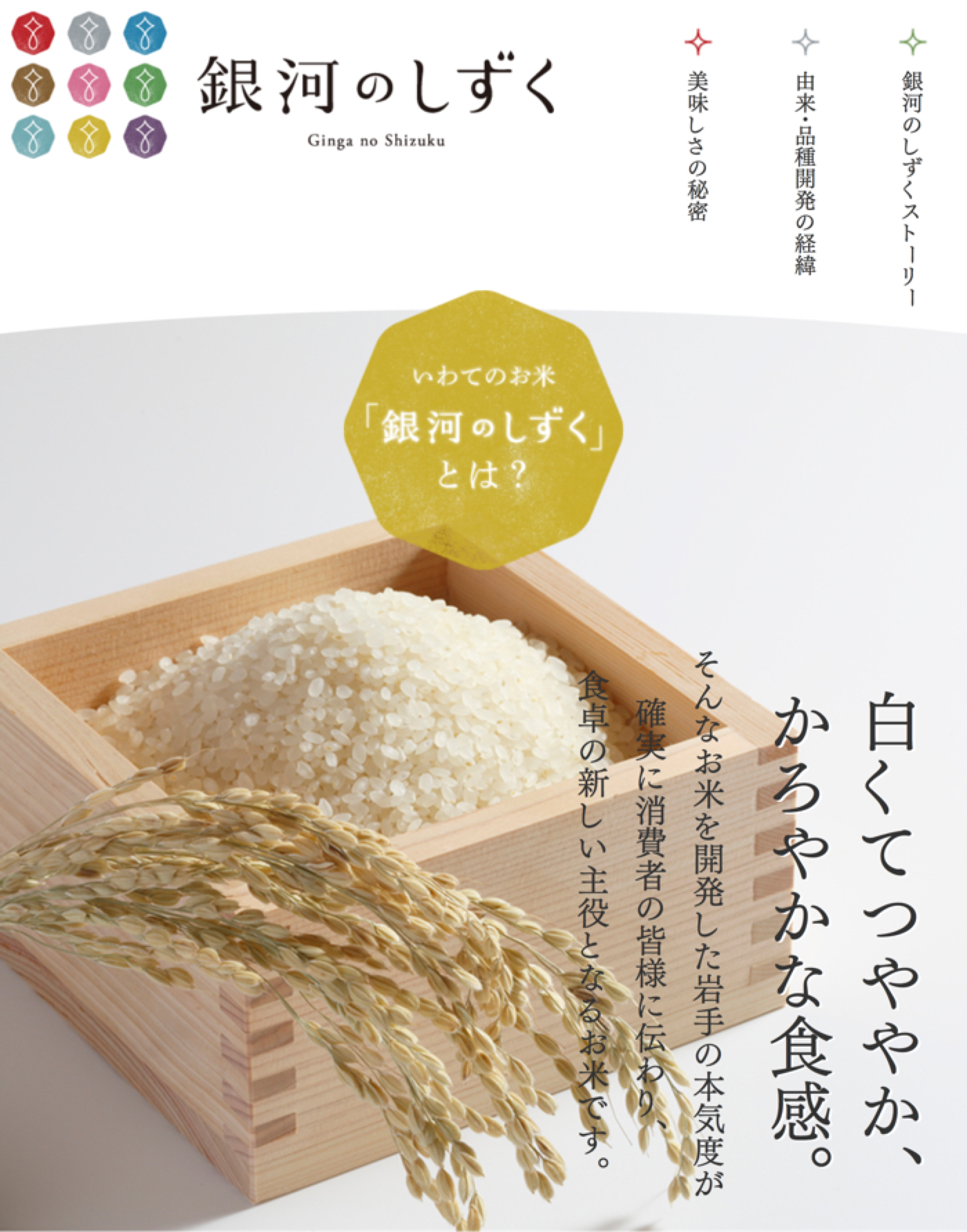
Curious about the Drops of the Milky Way rice, I looked at their website, and it goes into great detail about the history of the variety of rice, how it was developed, and which rice varieties were cross bred to produce it, Okubane 400 x Hokuriku 208, if you want to know. In 2008, a select few specimens were selected out of 2,000 crosses, and in 2010, these were further refined down to 13 specimens which tasted especially good, could withstand cool weather, had few broken husks, and were resistant to diseases. From 2012 through 2014, the new variety of rice was grown in six different places in Iwate prefecture, and in 2015, the prefecture started promoting this new rice.
The name, Drops of the Milky Way, was chosen because the shiny grains of rice shine like the individual stars in the Milky Way.
For your information, the rice variety, Love at First Sight ひとめぼれ, appeared in the early 1990s. Work on the rice variety was started in 1981, the name registered in 1991, and the rice variety was registered under Japan’s Seed and Sapling Law in 1992.
-
Summer in May
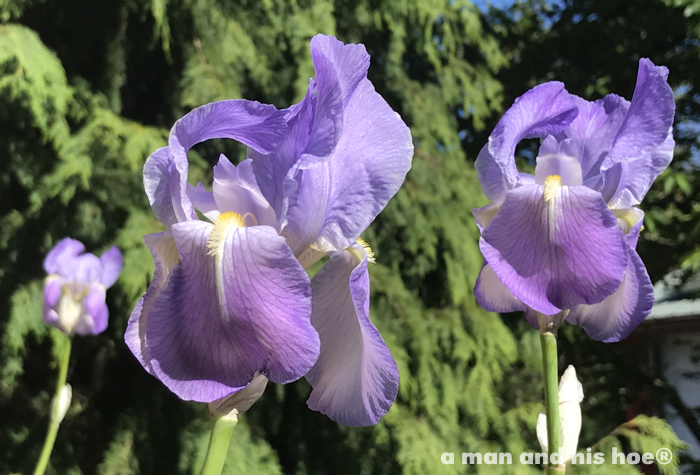
Summer arrived yesterday, a day of warmth and sunshine that a month ago seemed a hopeless, fanciful dream, something never to be. But here it was. From the first light, a sky without a cloud. Lilacs in bloom. The sweet smell of wisteria in the breeze. The soil warm enough to plant corn and beans. Some mornings, the nudge we feel waking us up is heaven.
One of the corn varieties I planted today was described as “well bred and soulful”. Someone who is assigned the task of writing seed descriptions is a hopeless romantic.
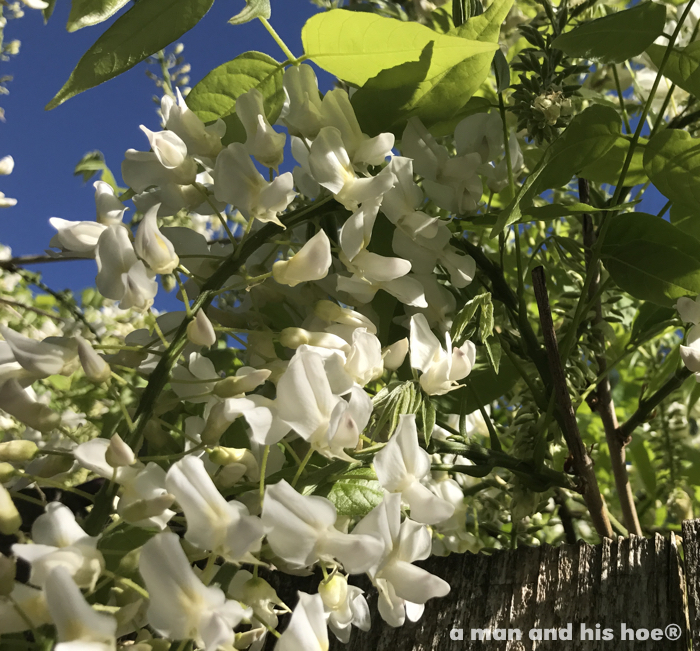
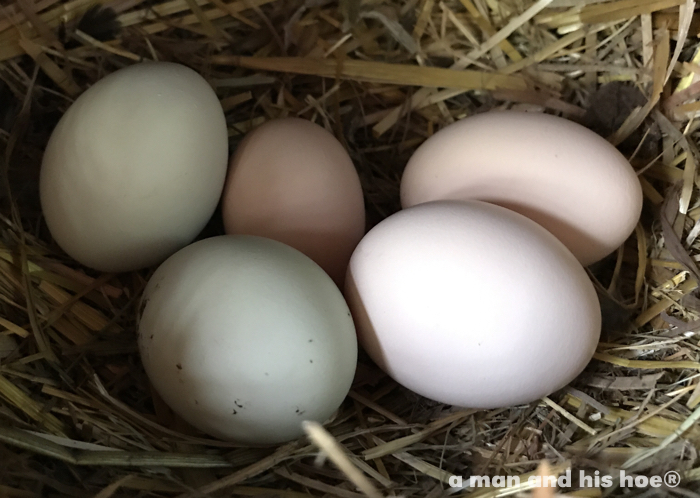
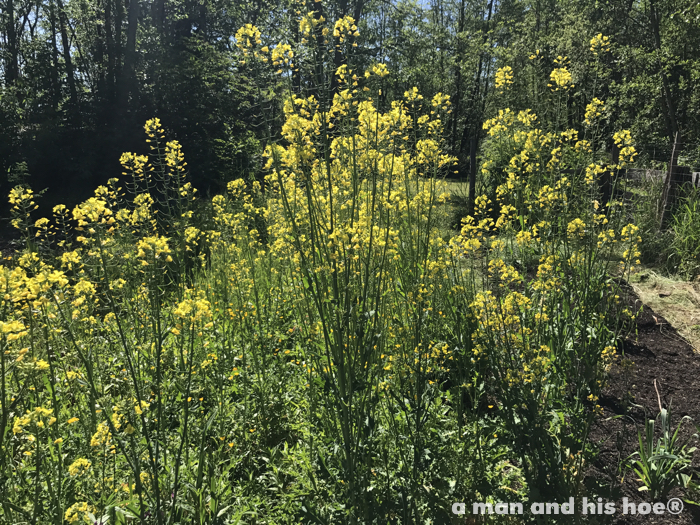
The overwintering kale has gone to bloom. I was about to cut it down to make way for another vegetable bed when the buzzing of a hundred bees stopped me. I’ll work around the kale until the flowers have dropped and some of the plants have gone to seed. In this garden, the bees rule.
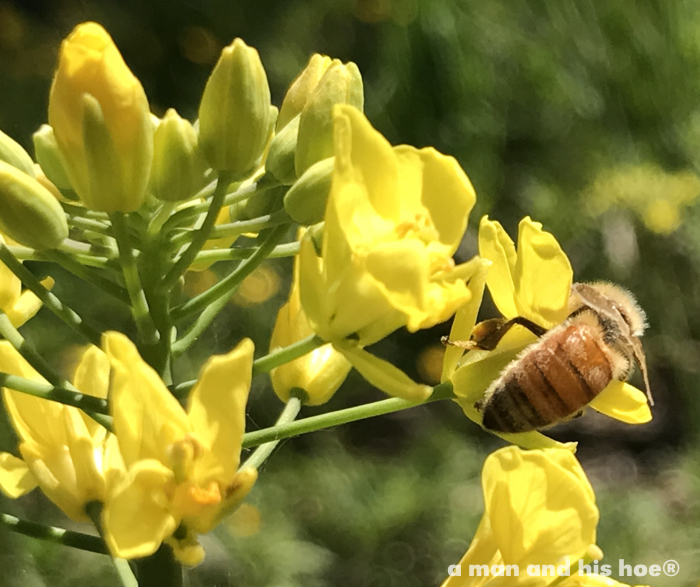
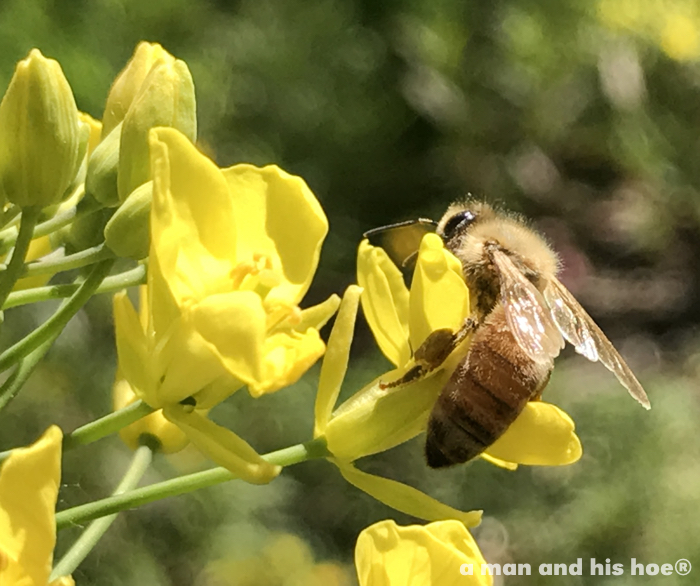

-
Worth a Thousand Web Pages
[wpvideo 26lb3lVN]
“A picture is worth a thousand words,” I heard that a lot growing up. Pictures in books were few. Now we are surrounded in a world of pictures, and we need a new saying: “Being there is worth a thousand web pages.”
It’s a morning in late May. The birds are singing. There is a gentle breeze. A video and some photos capture some of the magic of this wonderful morning, but even a thousand web pages won’t begin to convey the wonder of being there, of being outside, among the grasses, watching them sway in the gentle breeze as the birds sing their love songs.
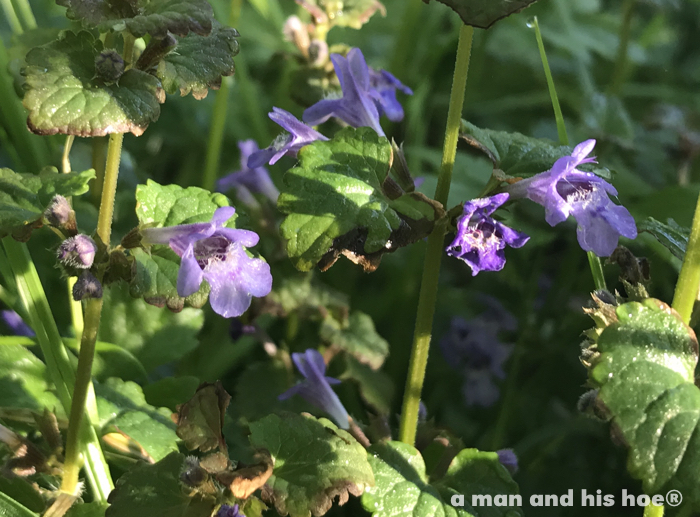

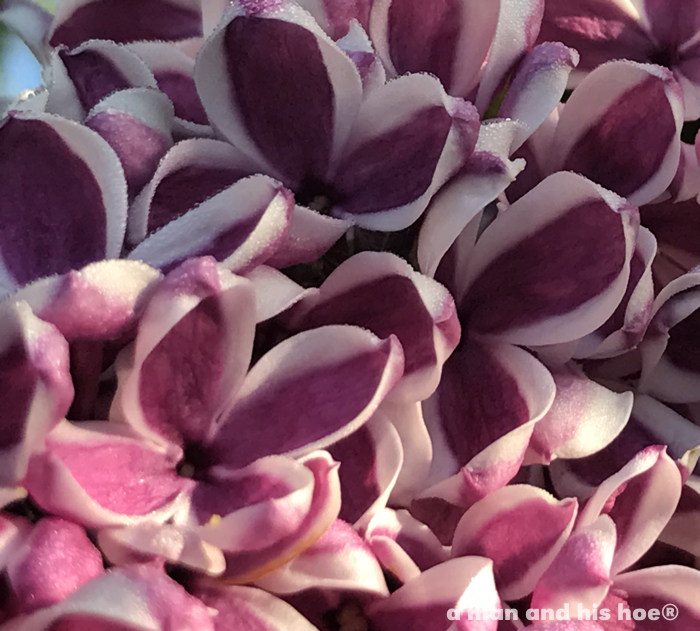

-
Be Here Is Better

The chickens have taken to the garden bench this year. It’s the place to be, especially on warm afternoons. I wonder if they’d let me sit with them and listen in on their gossip.
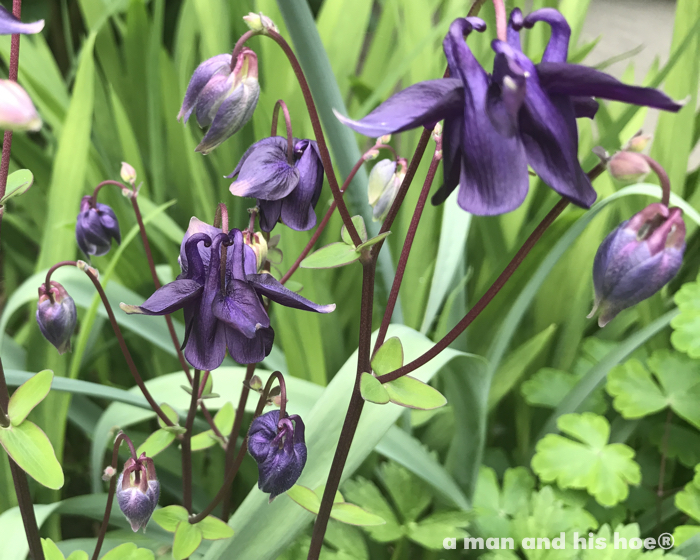
Every day something new is blooming. You look at flowers and there are an infinite number of shapes and colors and fragrances. All of nature is like that. Different, different, different. Try something new. On days like this, it’s hard to look at a computer screen. It’s so much better to be here and see this.
